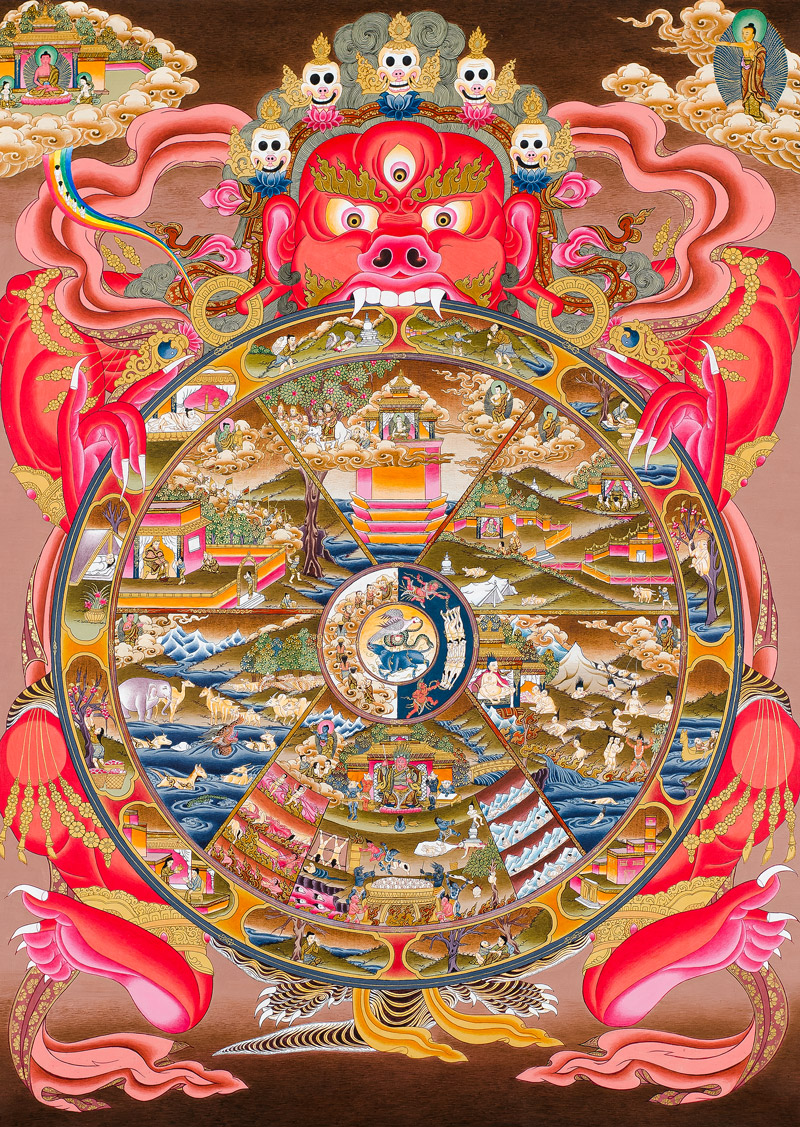
Poem
Unfold Your Own Myth by Rumi
Who gets up early
to discover the moment light begins?
Who finds us here circling, bewildered, like atoms?
Who comes to a spring thirsty
and sees the moon reflected in it?
Who, like Jacob blind with grief and age,
smells the shirt of his lost son
and can see again?
Who lets a bucket down and brings up
a flowing prophet?
Or like Moses goes for fire
and finds what burns inside the sunrise?Jesus slips into a house to escape enemies,
and opens a door to the other world.
Soloman cuts open a fish, and there’s a gold ring.
Omar storms in to kill the prophet
and leaves with blessings.
Chase a deer and end up everywhere!
An oyster opens his mouth to swallow on drop.
Now there’s a pearl.
A vagrant wanders empty ruins.
Suddenly he’s wealthy.But don’t be satisfied with stories, how things
have gone with others. Unfold
your own myth, without complicated explanation,
so everyone will understand the passage,
We have opened you.Start walking toward Shams. Your legs will get heavy
and tired. Then comes a moment
of feeling the wings you’ve grown,
lifting.
Reflection
On our Spiritual journeys we can find companionship in many places, often surprising and strange places, sometimes in difficult places. Our companions may be friends, family, strangers, therapists, spiritual directors, those of any spiritual tradition, or none.
The great spiritual traditions of the world offer us wisdom over many ages by those with whom we share this question to know, and be known by, the Divine. Looking inwards and beyond, those who have shared their insight over many centuries and those who share now continue to be our companions in this spiritual journey. This Advent, as we pause, as we pray, those gifts from writers and artists can offer new dimensions, new layers, to our own spiritual wanderings.
10 Spiritual Poems Every Seeker Should Read


Image credits:
AdventJourney photo: Morning mystic - Casey Horner on Unsplash
Jewish Hamsa Hand: Pinterest, by Sharon Cummings -
In Jewish culture, the Hamsa hand represents protection from evil and a reminder to pray. Five is a significant number in Judaism and is considered the number of protection. The five fingers of the Hamsa represent both the five holy books in the Torah (Genesis, Exodus, Leviticus, Deuteronomy, and Numbers) and a reminder to praise God with all five senses.
Thangka - Buddhist Wheel of Life; From Thangka Mandala
